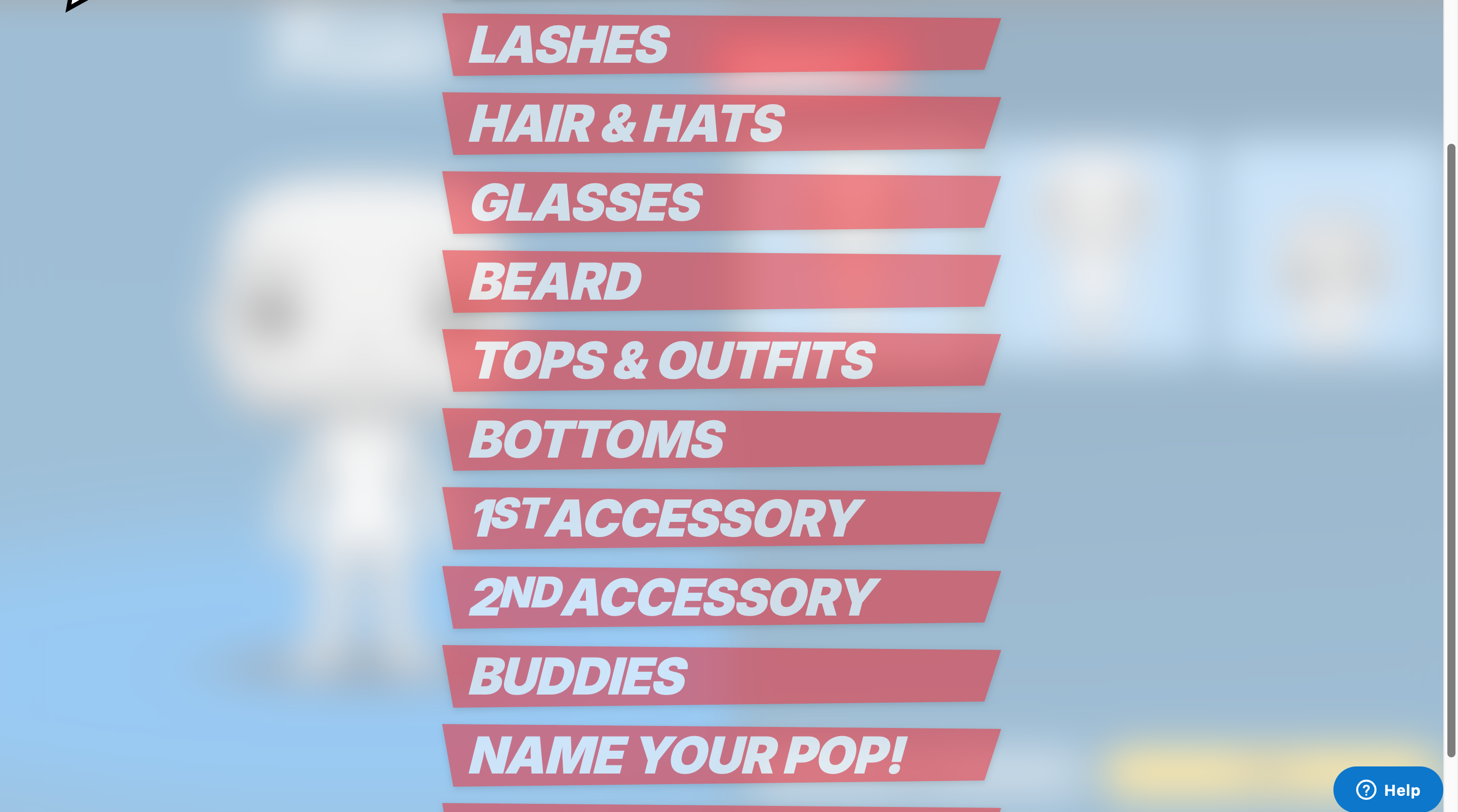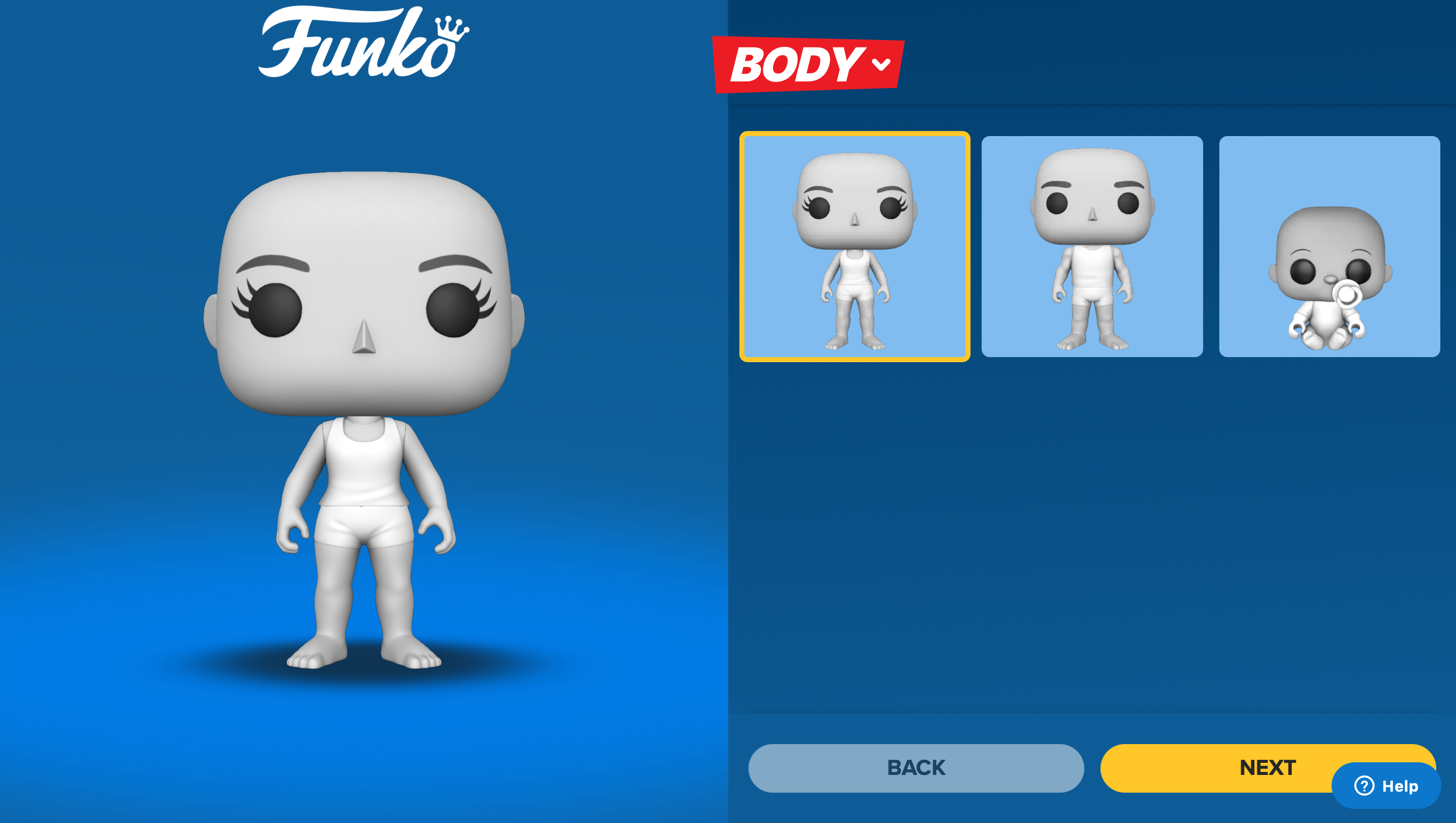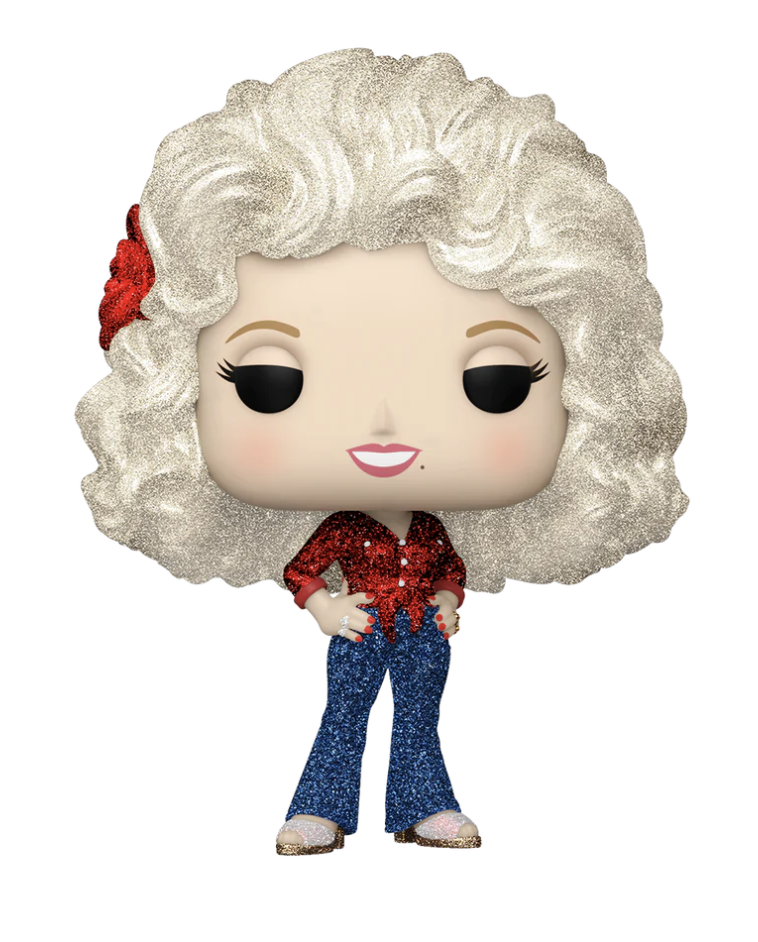
With Funko POP!’s success all over the world new option for the vinyl figurines became available. Something rather new about Funko Inc. is the option to create your own personalised figurine. During the process of creating our personal figurines, it became clear how gender-stereotypical they are. Although Funko POP! displays many different Pop Icons and famous characters in their collections, the personalised ones can only have two genders namely, male and female. Additionally, there is also the possibility to create a baby figurine.


Other than that, the options represent an oversexualized presentation of women that can also be seen in other dolls and figures of female characters such as Barbie (Boyd & Murnen, 2017). As researchers argue, 62 % of dolls present a thin body type with revealing clothing in form of short dresses or crop tops (Boyd & Murnen, 2017). The same attributes are given with Funko Pop! as some body features are much more accentuated than those of the male figurines. Even through the eyes a difference can be noted since female figurines have eyelashes wherease male ones do not. Moreover, with other popular figurines, such as the country music start Dolly Parton it can clearly be seen that sexualized features are actively incorporated. For instance, her eyes have big eyes lashes and are not fully opened. This can perhaps be interpreted as a seductive eye contact. Furthermore, unlike other Funko Pop! figures, Dolly Parton is represented with a curvy body shape. In the case of the Vincent van Gogh figurine, on the other hand, a representation is rather neutral and focuses of attributes that are typical for him as an artist. However, interesting to notice is the fact that the figurine has under-eye wrinkles. While this represents a natural appearance of a men, female figurines very much represent an unrealistic presentation of women. What is also important to bring forward is the fact that due to the stereotypical option of gender, many people are excluded in expressing their true selves and representation gender diversity. The question, therefore, remains why Funko POP! pushes gender stereotypes and does not include more diversity into their collections that is truthful to society.
